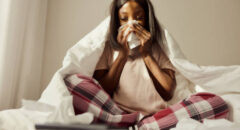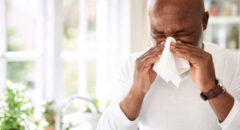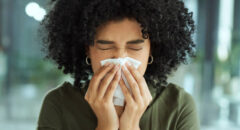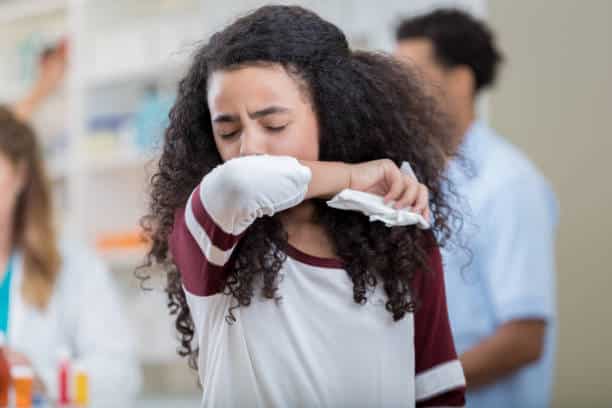
As the new school year approaches, families across the country are getting ready.
And we’re not just talking about school supplies, courses, and other academic concerns. For many parents preparing their children, the main worry isn’t education at all. Although classrooms present many learning opportunities, they also present germs like never before…
Emerging from COVID-19, today’s students experienced something novel. For a few years, they learned in remote and hybrid environments, and because of that, they’re now more vulnerable to all kinds of infections as they re-enter bustling school settings.
The good news is, there are various science-backed strategies for addressing this. Let’s get into five critical steps you can take, from personal hygiene to healthy sneeze etiquette, in order to beat the germs!
1. Personal Hygiene Kits
Personal hygiene kits are essentially shields against germs. They include critical items like hand sanitizer, disinfectant wipes, tissues, and even reusable water bottles to avoid sharing drinking fountains.
According to the Journal of School Health, personal hygiene supplies reduce absenteeism by up to 50 percent. For Black families, where the risks of respiratory infections are higher due to environmental factors, optimizing personal hygiene is key.
Preventative measures also go a long way. Encourage your child to use sanitizer after touching multiple shared surfaces like desks or doorknobs. You don’t want them to overdo it – as this can destroy beneficial bacteria – but it’s a good idea to sanitize several times per day, especially around lunchtime in the cafeteria.
Personal hygiene kits not only protect your child, but they also promote independence and responsibility.
RELATED: 8 Must-Have Vaccines for a Smooth Back-to-School Transition

2. Cough and Sneeze Etiquette
If you haven’t heard of this ‘etiquette,’ now’s the time.
Teaching children proper cough and sneeze etiquette is also very easy. It’s a simple yet effective way to prevent the spread of germs, especially the flu virus, which can travel up to six feet when someone coughs or sneezes. If you or your loved ones live in multigenerational households with elders at higher risk, sound etiquette can make a world of difference.
One technique is called the “vampire sneeze.” This involves coughing or sneezing into the crook of your elbow, thereby trapping droplets that carry viruses. This is especially useful for curbing germs linked to the rhinovirus (the common cold) and SARS-CoV-2.
Research indicates that consistent use of this method can reduce respiratory illness transmission by 30 percent in schools!
3. Better Classroom Ventilation
As a parent, you only have so much control over what happens in the classroom. However, what you can do is pressure the school administration and organize with other parents and teachers to make a change.
Poor ventilation is one thing that should certainly change. Think of classrooms like petri dishes for airborne pathogens. Schools with inadequate ventilation have a 60 percent higher rate of respiratory infections among students, and when these schools are underfunded with outdated infrastructure, the air quality plummets further.
So be an advocate! Push for improved ventilation in your child’s school, such as opening windows or upgrading to high-efficiency particulate air (HEPA) filters. If these reasonable measures aren’t taken, you can at least educate your child at home. Discuss with your son or daughter how to avoid overcrowded, poorly ventilated areas like packed cafeterias. And when it comes to outside the home, do your best to encourage school boards to prioritize better ventilation.
It’s not just good for the students, it’s good for everyone!
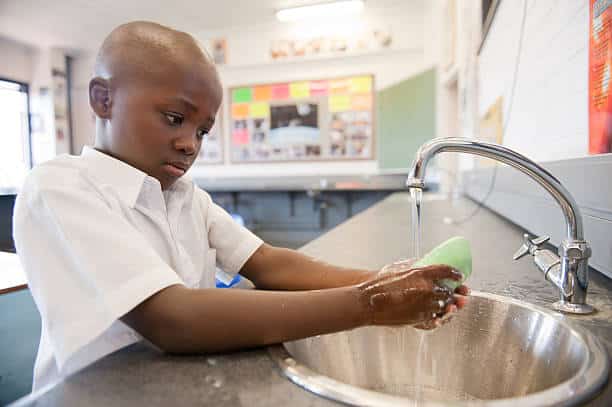
RELATED: 4 Tips To Help Your Child’s Back-To-School Anxiety
4. Rigorous Handwashing
Handwashing is still one of the most effective and simple ways to prevent germ transmission. According to a 2019 meta-analysis in The American Journal of Public Health, consistent handwashing reduces both the risk of gastrointestinal and respiratory infections by significant margins. Given the higher rates of such infections in densely populated neighborhoods, handwashing is a must.
Teach your child to wash their hands for at least 20 seconds, using soap and warm water. Focus on key times. They should learn to wash before eating, after using the bathroom, and after touching shared surfaces like pencils or gym equipment. Schools must also do their part, providing adequate soap and paper towels to ensure every student can practice good hygiene.
If your child’s school lacks resources, consider donating supplies or organizing with other parents to ensure access.
5. Antimicrobial Surfaces
Last but not least are those pesky classroom surfaces, which seem to harbor all kinds of goodies – unless you sanitize. Whether it’s desks, doorknobs, or keyboards, all of these surfaces are hotspots for germs. In fact, Staphylococcus aureus (staph) can survive on surfaces for up to seven days, while influenza viruses can make it for up to 48 hours.
Fortunately, antimicrobial surfaces, treated with coatings like copper or silver ions, can greatly reduce this risk. According to research, copper-treated surfaces in schools reduce bacterial loads by over 80 percent compared to untreated surfaces.
The problem is, not all schools can afford antimicrobial upgrades. Even so, parents can still push for their adoption in high-traffic areas like bathrooms or computer labs. Using disinfectant wipes at home is also useful, as your child’s backpack or lunchbox can carry germs from school.
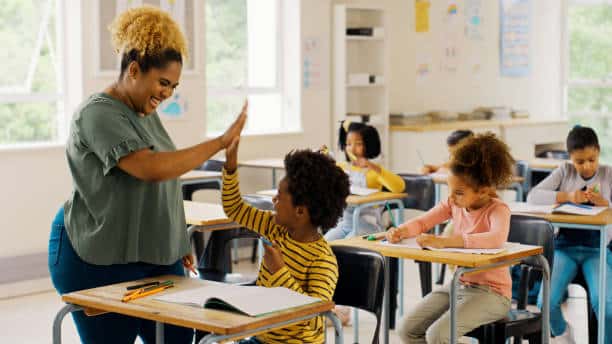
If you can get in the habit of combining antimicrobial surfaces with daily cleaning protocols, you and your child can create a robust barrier against germs.
Remember, protecting children from classroom germs is not just about individual health. It’s also about safeguarding families and communities. Although it’s called ‘personal’ hygiene, it’s actually quite interpersonal. Practicing good cough & sneeze etiquette, keeping a hygiene kit, and the other strategies outlined in this article are all vital in preserving individual and community health.
Ready to form a comprehensive defense against germs of all kinds?
First and foremost, it starts at home. Have open conversations as you gear up for the school year, and frame these preventative strategies as empowering. Many kids may view them as a sign of weakness, but in reality, they reflect strength, caring, and empathy.
So get involved! Engage with your child, engage with teachers and school administrators, and become part of a greater solution. By preventing illness and bolstering immune systems, every stakeholder is vital to a healthier, happier population!





